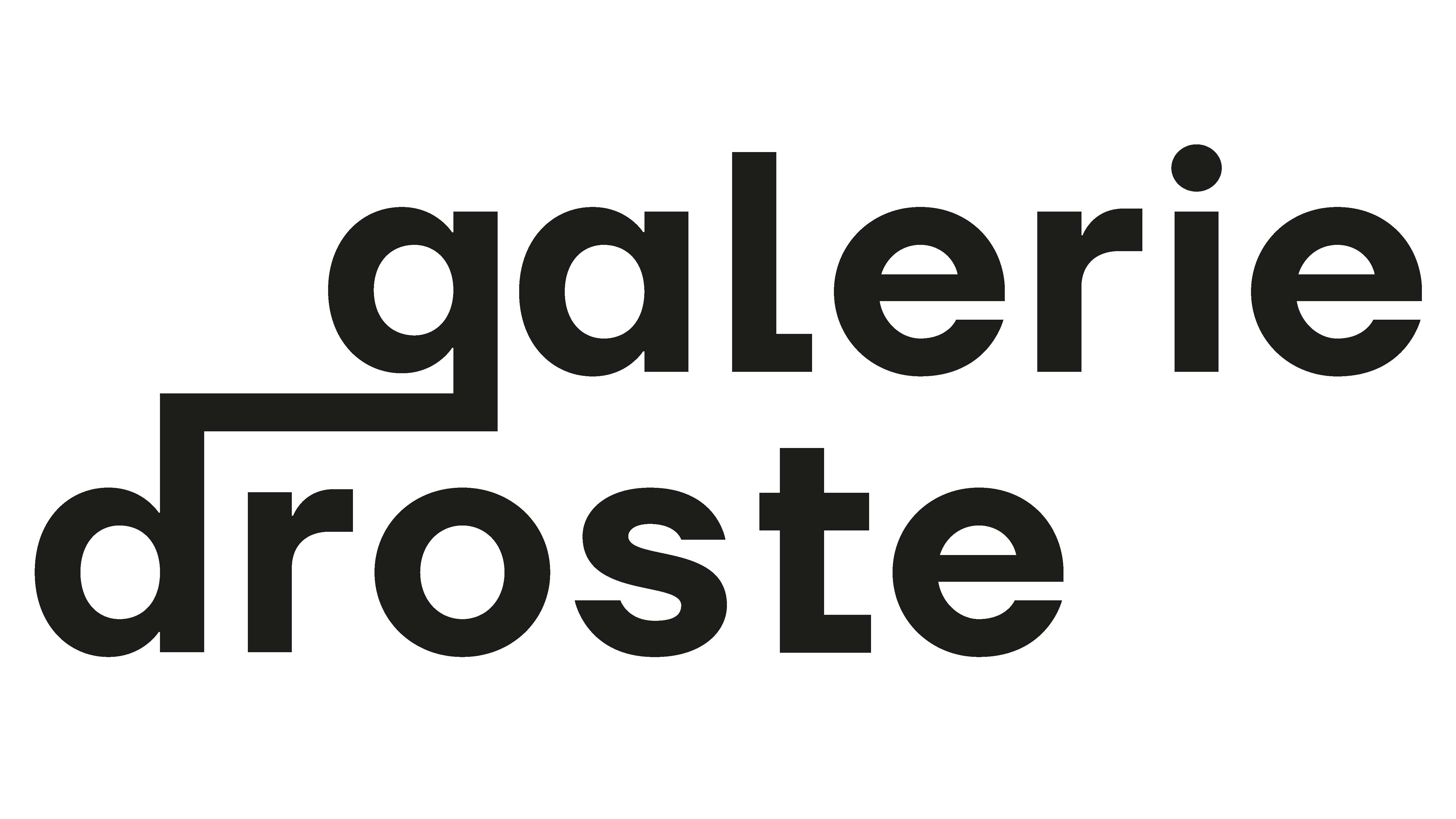That fearful sound of "fire" and "fire," Let no man know is my Desire
So goes a couplet in poet Anne Bradstreet’s 1666 poem, “Verses upon the Burning of our House.” We might read these lines as indicating the speaker’s hope for no other man or woman to know the “fearful sound” of a roaring fire, traumatic as it is. Or we might read them as disclosing a secret wish. As a Puritan, Bradstreet comes to understand the burning of all her possessions as a necessary, purgative event that reorients her towards salvation in Heaven rather than towards the material world. The split status of fire—as that which destroys and that which enriches—has persevered in the American imaginary long after the decline of early colonial Christianity. Los Angeles-based painter Conrad Ruíz interrogates the link between fire and catharsis as it gets circulated in today’s media, no longer tethered to the moralism we see in Bradstreet’s poem. Where Eagles Dare, which will be on view at Galerie Droste, Paris from May 14 – July 9, 2022, comprises seven watercolor paintings that develop the artist’s investigation of this new American sublime.
For the past 3 years, Ruíz has worked with watercolor paint to produce arresting representations of people and machines engulfed by fire. The fluidity of watercolor paint, as opposed to acrylic or oil, imparts a visual imprecision that recalls the blur of photographs taken in motion, or the distorting effects of light as filtered through flame. His paintings, when viewed from afar, take on a realist allegiance to illusionistic space. But when viewed up close, the artist’s brushstrokes supersede their context, similar to how pixels, noise, or grain overpower their scenes in blown-up photographs. Like the properties of fire itself, Ruíz’s surfaces contain a tension between the material and the immaterial, the abstract and the figural.
The link between Ruíz’s paintings and photography is apparent not only through the visual effect of his brushstrokes, but also through his process. Ruíz begins each work by pulling from a vast trove of images clipped from his own photo roll or various online sources, some pulled from news articles, others pulled from obscure websites. As he decides what to paint, certain images reveal themselves as particularly powerful, charged with an energy that could be best realized when refigured in watercolor. In fact, he often works with pixelated photos whose materiality is already apparent in the makeup of their compositions. These images tend to focus on protest scenes, or on machines set ablaze with wondrous pageantry.
In works such as Where Eagles Dare and Wild Hearts Can’t be Broken III the primary spectacle of a vehicle moving through or catching on fire is backgrounded by a quasi-abstracted audience beholding the marvel. Viewers of these paintings are intertwined with the viewers within them: in another life, we are not standing in a quiet gallery; we are jostling in crowded bleachers for a better view of man and machine toying with their potential demise. The audience members’ faces are ghostly, comprised of only a few brushstrokes. Here, the experience of collectively felt emotion displaces their individual identities. An overwhelming mixture of fascination and fear is cultivated by viewers on both sides of the work’s surface.
The oscillation between terror and intrigue produced in and modeled by the works in Where Eagles Dare evinces a sublime aesthetic experience. However, unlike the 18th century Romanticists who trained their eye on the unmanageable forces of nature, Ruiz’s new American sublime is manmade, befitting the threats and wonders of life in the 21st century. In Man on Fire XVII, Ruiz depicts a man protesting in 2016 India, at a time when wages were not matching rising inflation. And Man on Fire XVIII represents Mohamed Bouazizi, who set himself on fire in a key moment that incited both the Tunisian Revolution and the larger Arab Spring. Here, autocracy’s assaults on bodily autonomy are met with the evisceration of the body itself. Like watercolor and like fire, the subject dissolves into formlessness. And America—alongside the world at large—becomes fixated on its fading image.
Drama, glory, death, and destruction are not the only forces at play in Ruíz’s paintings. Humor is also an essential feature in the exhibition, reflecting a culture that oftentimes delights in childish play. Food of the Gods, for example, depicts a “Robo Dragon” monster truck, with short wings flanking its gaping maw and explosions of fire for eyes. Here, the most profound of sentiments—the threat of death, all-encompassing awe—are mixed with kitsch. Ruíz’s American sublime may therefore also be termed a commodified sublime. It is controlled (except when it isn’t), and it is fun (except when it isn’t). Its ambivalence registers some features of a society which continually sets itself on fire, then finds a way to profit from the loss. Ruíz’s paintings operate in an eternal present mid-combustion. He leaves it to us to imagine one’s position once the fires are out. As Richard Burton declares, playing a WWII U.S. Major in Where Eagles Dare, after which the exhibition is titled: “Gentlemen, see you after the war.”
Isabella Pigoni Miller
Conrad Ruiz (*1983 in L.A., USA) received his MFA from the California College of the Arts, he lives and works in Los Angeles.


